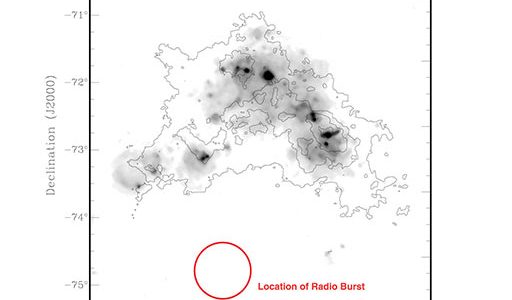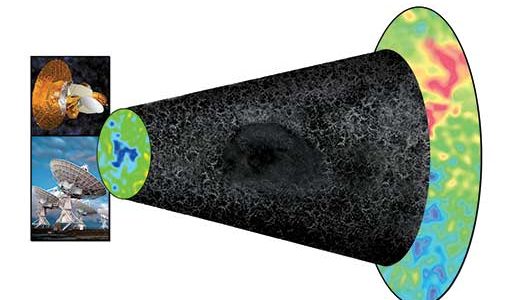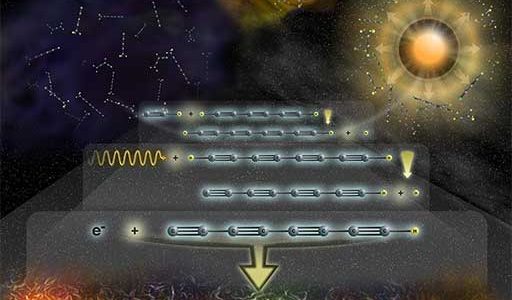Latest NRAO News
News is managed by NRAO News & Public Information. Questions about News? Have a story to share? Want to interview a scientist or create new media about our telescopes?

Using the supersharp radio vision of the National Science Foundation’s Very Long Baseline Array, astronomers have made the most precise measurement ever of the distance to a famous star-forming region.

Astronomers studying archival data from an Australian radio telescope have discovered a powerful, short-lived burst of radio waves that they say indicates an entirely new type of astronomical phenomenon.

High school students and teachers will join astronomers on the cutting edge of science under a program to be operated by the National Radio Astronomy Observatory and West Virginia University, and funded by the National Science Foundation.

Astronomers have found an enormous hole in the Universe, nearly a billion light-years across, empty of both normal matter such as stars, galaxies, and gas, and the mysterious, unseen dark matter.

The first of two ALMA transporters — unique vehicles designed to move high-tech radio-telescope antennas in the harsh, high-altitude environment of the Atacama Large Millimeter/submillimeter Array — has been completed and passed its initial operational tests.

Astronomers using data from the National Science Foundation’s Robert C. Byrd Green Bank Telescope have found the largest negatively-charged molecule yet seen in space. The discovery of the third negatively-charged molecule, called an anion, in less than a year and the size of the latest anion will force a drastic revision of theoretical models of interstellar chemistry, the astronomers say.





